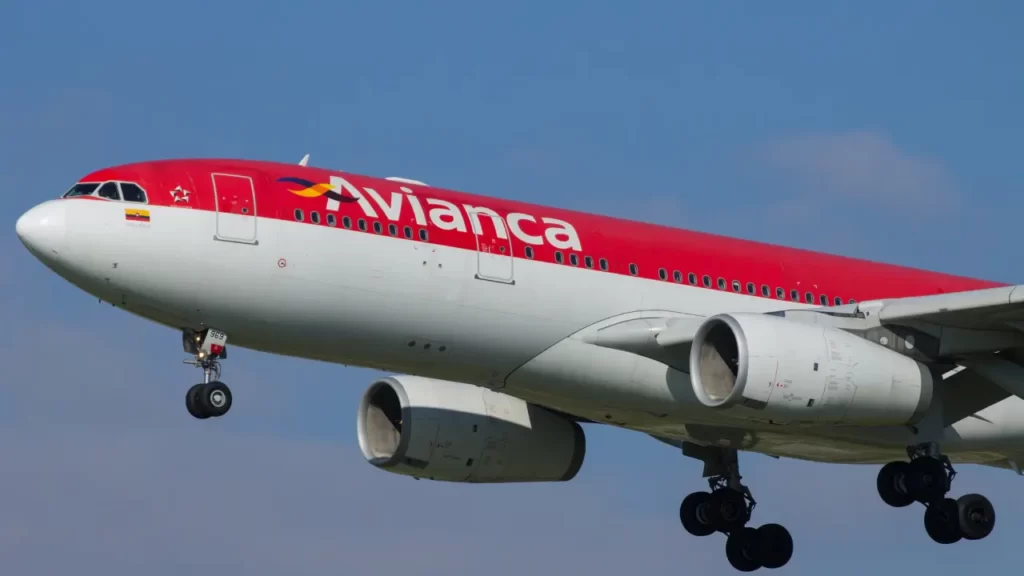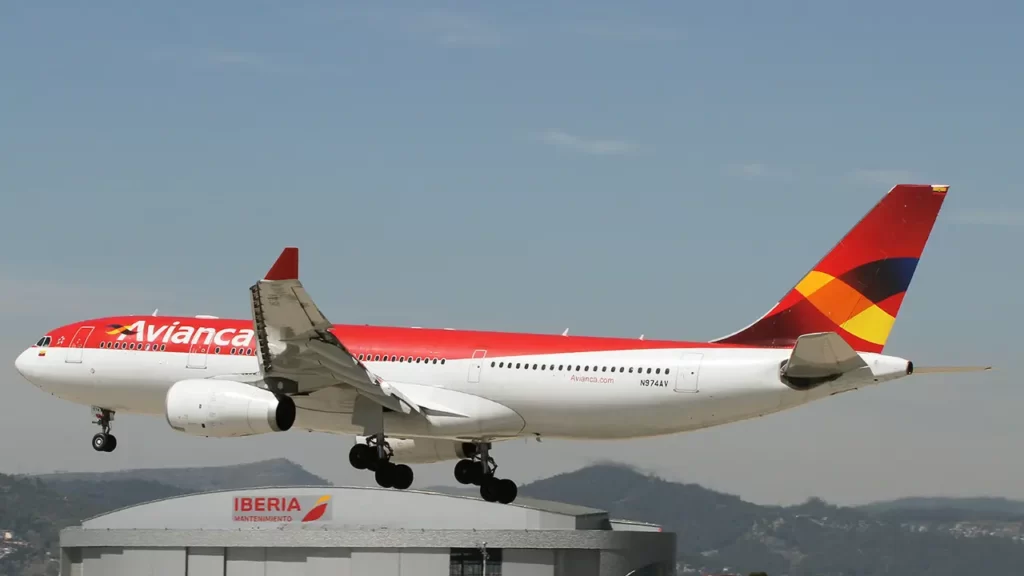
Avianca Overview:
Avianca, officially known as Avianca Holdings S.A., is a major airline based in Colombia. It is one of the oldest continuously operating airlines in the world and has played a significant role in the development of commercial aviation in Latin America. Here is an overview of Avianca:
Table of Contents
Founding and Early Years (1919)
Avianca was founded on December 5, 1919, making it one of the world’s oldest airlines. The airline was established by a group of prominent Colombians and German immigrants, including the pioneering aviator Ernesto Cortissoz.
First Commercial Flight (1920)
Avianca conducted its first commercial flight on December 14, 1920, flying between Barranquilla and Puerto Colombia in a Junkers F.13 aircraft.
Expansion and Fleet Development
Avianca expanded its operations domestically and internationally. The airline acquired modern aircraft over the years, updating its fleet to include jetliners like the Boeing 727 and later transitioning to more modern Airbus aircraft.
Star Alliance Membership (2012)
Avianca became a member of the Star Alliance, a global airline alliance, in 2012. This alliance provides Avianca passengers with access to an extensive network of destinations and collaborative benefits with other member airlines.
Corporate Restructuring (2019):
- In 2019, Avianca Holdings filed for Chapter 11 bankruptcy in the United States, citing financial challenges. The restructuring process aimed to address the airline’s debt and operational issues, allowing it to continue operations.
Post-Restructuring and New Leadership
- Avianca emerged from bankruptcy protection in 2020, following a restructuring plan that involved financial adjustments and changes in leadership. The airline aimed to strengthen its financial position and enhance operational efficiency.
Hub Airports
- Avianca operates from multiple hub airports, including El Dorado International Airport (BOG) in Bogotá, José María Córdova International Airport (MDE) in Medellín, and Alfonso Bonilla Aragón International Airport (CLO) in Cali.
Fleet Composition
- Avianca’s fleet includes a mix of narrow-body and wide-body aircraft, primarily from the Airbus A320 and A330 families. The airline continues to modernize its fleet to improve fuel efficiency and passenger experience.
Network and Destinations
- Avianca serves a comprehensive network of domestic and international destinations, connecting passengers across the Americas, Europe, and select destinations in Asia. The airline plays a crucial role in providing connectivity within Latin America.
LifeMiles Loyalty Program
- Avianca operates a frequent flyer program called LifeMiles, allowing members to earn and redeem miles for flights, upgrades, and other travel-related benefits.
Focus on Passenger Experience
- Avianca places a focus on enhancing the passenger experience, offering services such as in-flight entertainment, Wi-Fi connectivity, and various cabin classes to cater to different passenger preferences.
Environmental Sustainability
- Like many modern airlines, Avianca has expressed a commitment to environmental sustainability. The airline explores initiatives to reduce its carbon footprint and increase fuel efficiency in its operations.
Avianca history

Avianca, officially known as Avianca Holdings S.A., is one of the world’s oldest continuously operating airlines and has played a crucial role in the development of commercial aviation in Latin America. Here is an overview of Avianca’s history:
Founding and Early Years (1919-1930s):
Avianca was founded on December 5, 1919, by a group of prominent Colombians and German immigrants, including the aviation pioneer Ernesto Cortissoz. The airline conducted its first commercial flight on December 14, 1920, flying between Barranquilla and Puerto Colombia.
International Expansion (1940s-1950s)
In the 1940s and 1950s, Avianca expanded its operations internationally, connecting Colombia to various destinations in North and Central America. The airline played a key role in establishing air routes in the region.
Introduction of Jet Aircraft (1960s)
Avianca introduced jet aircraft, including the Boeing 707, to its fleet in the 1960s. This modernization allowed the airline to offer faster and more efficient services on its international routes.
Continued Growth and Fleet Modernization (1970s-1980s)
Avianca continued to grow and modernize its fleet with the introduction of more advanced jetliners, including the Boeing 727 and Boeing 747. The airline expanded its network to include destinations in Europe and Asia.
Star Alliance Membership (2012)
Avianca became a member of the Star Alliance, a global airline alliance, in 2012. This partnership facilitated code-sharing agreements and collaborative efforts with other member airlines.
Corporate Restructuring and Challenges (2019):
In May 2019, Avianca Holdings filed for Chapter 11 bankruptcy protection in the United States. The airline faced financial challenges, including high debt levels and operational issues. The restructuring aimed to address these issues and secure the company’s future.
Post-Restructuring (2020s)
- Avianca emerged from Chapter 11 bankruptcy protection in December 2019. The restructuring involved financial adjustments, changes in leadership, and a focus on improving operational efficiency. The airline aimed to continue its operations and regain financial stability.
Fleet and Network Adjustments
- Avianca has made adjustments to its fleet composition, introducing more fuel-efficient aircraft. The airline has also focused on optimizing its route network to better align with market demand.
Leadership Changes
- Leadership changes have taken place as part of Avianca’s efforts to navigate the challenges it faced. New executives and management teams were brought in to steer the airline through its post-restructuring phase.
LifeMiles Loyalty Program
- Avianca operates the LifeMiles loyalty program, allowing frequent flyers to earn and redeem miles for flights, upgrades, and other travel-related benefits.
Environmental Sustainability
- In line with industry trends, Avianca has expressed a commitment to environmental sustainability. The airline explores initiatives to reduce its carbon footprint and implement more eco-friendly practices in its operations.
- Avianca’s rich history spans nearly a century, reflecting its resilience and adaptability in the face of changing industry dynamics. The airline continues to play a significant role in connecting Latin America to the world. Please note that developments may have occurred since my last update in January 2022.
